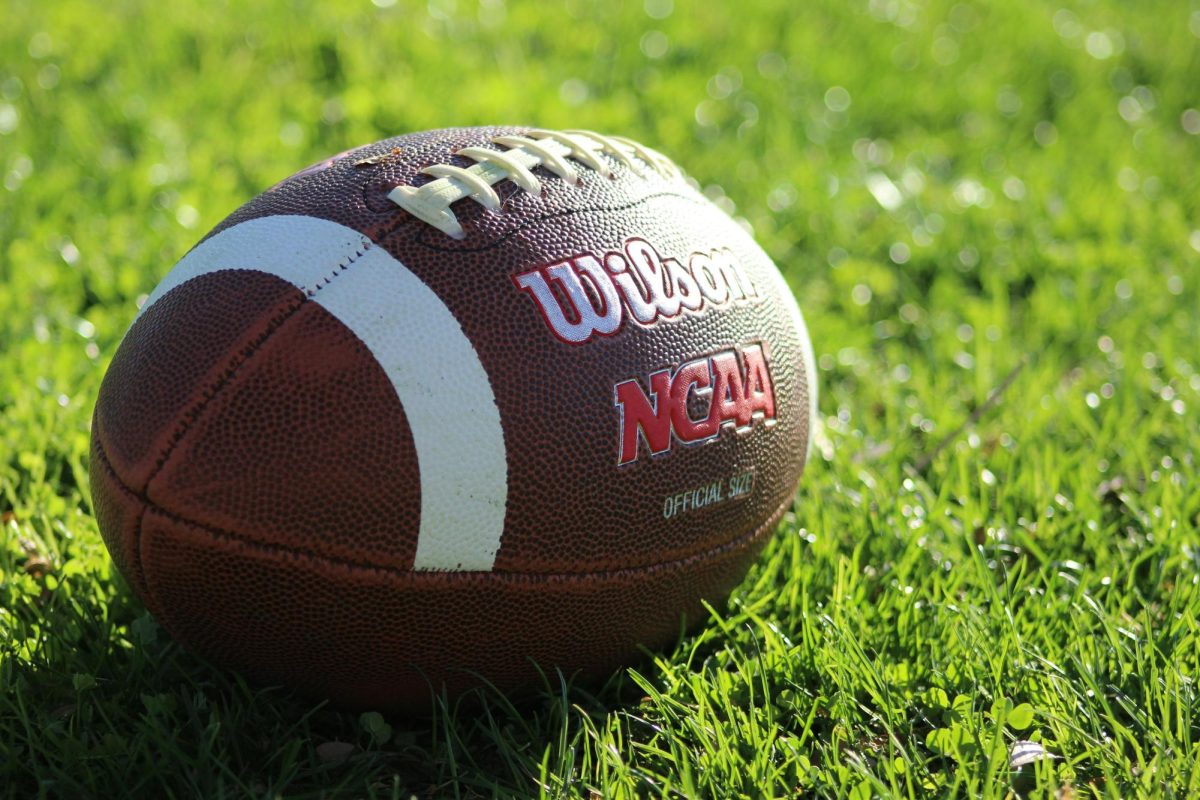Attendees of soccer club are hoping to improve their game soon by getting a new, larger, goal. The club plays after school Tuesdays, Wednesdays, and Thursdays in Gym 1.
Players have decided that, considering a few differences in the way they play the game, they would like to get larger goals.
Goal size is important to the role of goalkeepers in the game of soccer. Some factors that could be considered in choosing the goal size include the height of goalkeepers, how easily the defenders can help the goalkeeper, and the difficulty of shots.
For the Longfellow Soccer Club, the height of students in the club is usually at least 1-2 feet taller than the goal, and the arm span of the students is usually similar to or greater than the width of the goal. This means that the games would only involve simple, stationary saves.
The small goals limited various playstyles and strategies, making the game less dynamic. However, the suggested bigger goals would be able to improve the quality of the game in many different ways.
“I think bigger goals will give students more opportunities to score more goals, as well as making goalkeeping more difficult, and providing a challenge for the students,” said Mr. Sezgin, the club sponsor.
In soccer, the objective is to score more goals than the other team by kicking the soccer ball into the opponent’s goal, a structure consisting of poles and nets. Only goalkeepers are allowed to use their hands and arms in the game since they save the goals from the opponent players.
In a community soccer game, whenever the ball gets out of the boundary of the field, a throw-in, goal kick, or a corner kick is played depending on who touched the ball last before it went out, and through which part of the boundary the ball went out. But since Longfellow has no line boundaries in the field, there are no throw-ins, corner kicks, or goal kicks.
Soccer club players play indoors in Gym 1 with limited space. The boundaries are the walls and the game simply moves on without penalties when the ball hits them. This also allows the players to use skills involving the ball bouncing against the walls, which makes the game more dynamic and fast.
Another key difference in gameplay at school is that the floor of the field is wood instead of grass, so the floor is less soft than grass and causes less friction, causing the ball to roll faster and further.
With the smaller goals, measuring 4’ x 6’ rather than standard indoor goals which are about 9’x9’, it is far more challenging to make a goal, and far less challenging to defend the goal.
Therefore, having bigger goals would solve those problems. Student Kevin W. is donating one goal from his home that he no longer uses, however, for the balance of the game, they need a second one to match.
The club hopes to solve this problem using cooperation and communication. They are currently seeking members or others who might have an available goal, or they may try to raise money together.







